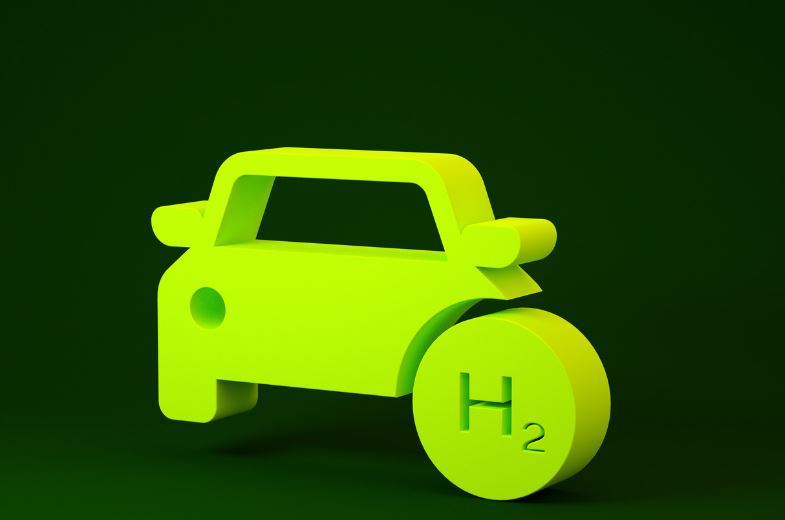A novel approach to hydrogen production and storage for fuel cell electric vehicles (FCEVs) has been outlined in a patent filed by Volvo Truck Corporation.
By leveraging regenerative braking and other existing vehicular systems, this method aims to enhance the efficiency of hydrogen generation and utilization within FCEVs. Below, we delve into the core aspects of this innovative technology as described in the patent documentation.
One of the standout features of this patent is the use of vehicular-generated electrical energy, specifically sourced from the regenerative braking system of the FCEV. Regenerative braking enables vehicles to convert kinetic energy, typically lost during deceleration, into electrical energy. This energy is then directed to one or more hydrogen electrolyzers, highlighting an efficient use of resources that might otherwise be wasted.
The method also involves repurposing water obtained from operating hydrogen fuel cells during electricity generation. This water serves as a crucial input for the hydrogen electrolyzers, which play a central role in producing hydrogen gas. By employing a closed-loop system where water is continuously cycled back into the hydrogen production process, this method aligns with principles of sustainability and resource efficiency.
Another significant aspect of this system is the use of waste heat emitted during FCEV operation. This heat is directed to expedite the hydrogen production process, enhancing the efficiency of the hydrogen electrolyzers. By capturing and repurposing thermal energy, the system not only improves its performance but also offers a more holistic approach to energy management within the vehicle.





